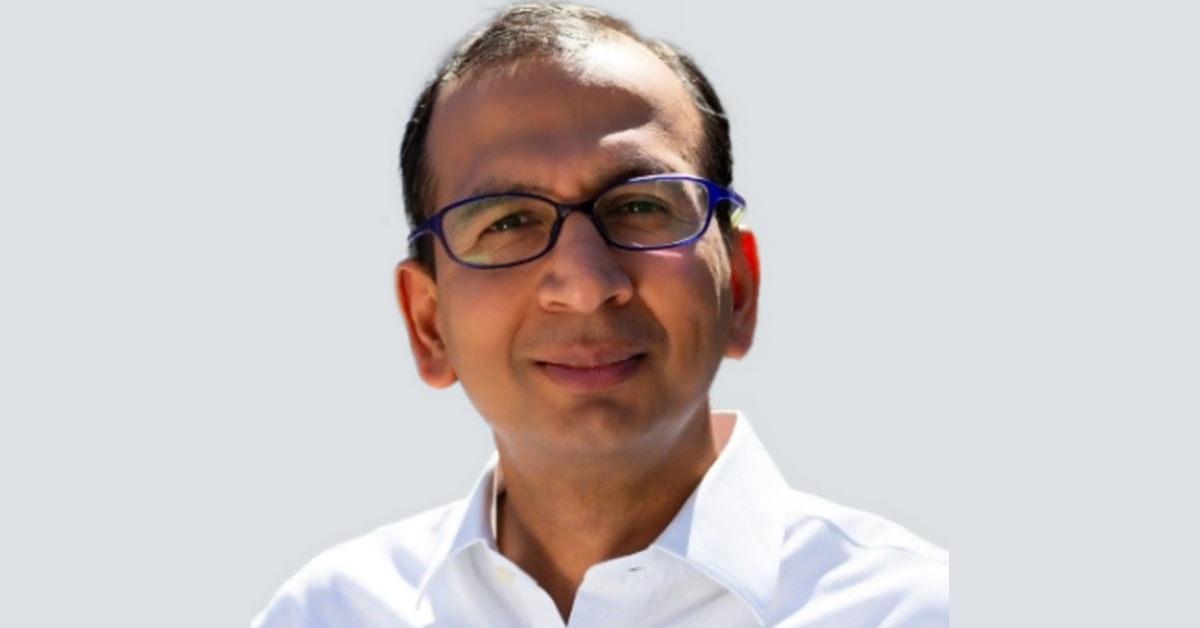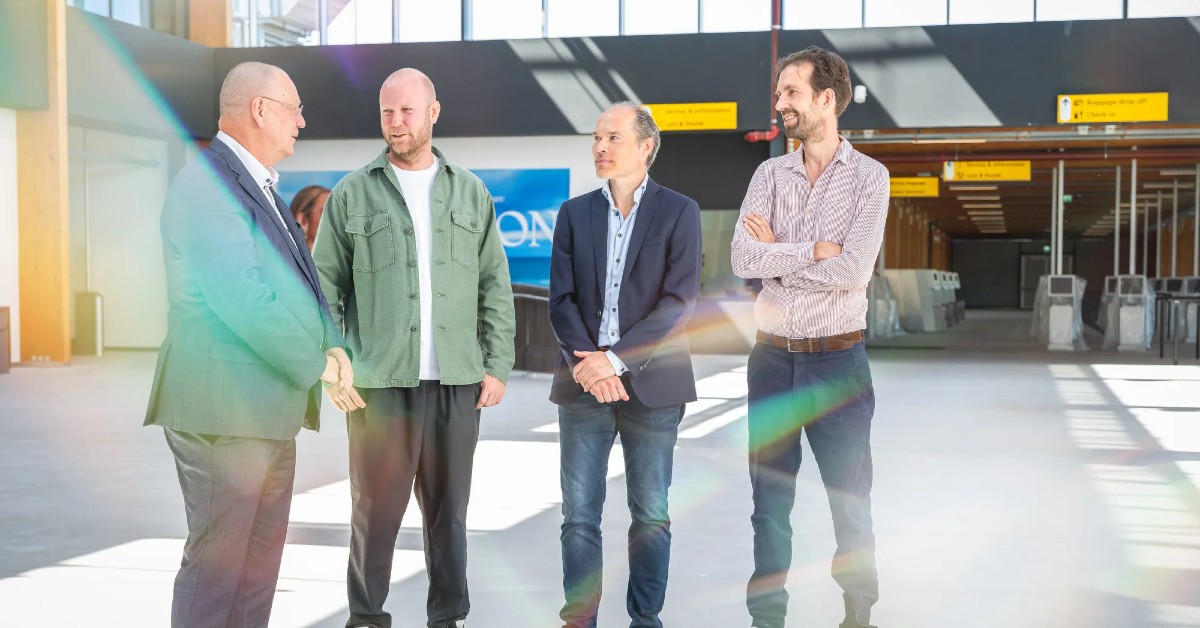Stockholm-based H2 Green Steel, a company that aims to decarbonise the steel industry using green hydrogen, has announced that it has changed its name to Stegra.
“The team continues to prove that it is possible to do more and change things fast, also in an industry that has been considered difficult to decarbonise for a long time. As we continue this journey, we leave our more descriptive project name behind, and take on the name Stegra, which reflects our long-term ambitions,” says Henrik Henriksson, CEO of Stegra.
The announcement comes around nine months after securing over €4.7B in funding to advance its plans for the world’s first large-scale green steel plant in Boden, Sweden.
“Stegra is a Swedish word which means to ‘to elevate’. It captures the team’s spirit to rise in the face of challenges and always continues to move onwards and upwards. It’s a constant reminder of the company’s purpose and honours our Swedish roots and where it all began in Boden,” says Henriksson.
The Swedish company will focus primarily on three platforms in Boden:
- Green hydrogen: building a large electrolyzer
- Green iron: reducing emissions in steelmaking
- Green steel: creating low-emission steel
Stegra will explore growth opportunities using these platforms and the experience gained in Boden.
Stegra gets €100M state aid
In other news, Stegra (H2 Green Steel) has been granted SEK 1.2B (approximately €100M) in state aid from the Industrial Leap for its establishment of a fully integrated near-zero emission steel production facility in Boden.
Earlier this year, the European Commission approved a €265M Swedish measure to help Stegra (previously H2GS AB) set up a large-scale green steel plant, in line with EU State aid rules.
“Swedish industrial companies have the potential to become world leaders while contributing to the green transition of society as a whole. Initiatives within the Industrial Leap are of great importance for both the climate and the competitiveness of our industry,” says Caroline Asserup, interim Director General at the Swedish Energy Agency.
Industrial Leap: Initiative run by the Swedish Energy Agency
The Industrial Leap is a government initiative run by the Swedish Energy Agency.
The programme supports research, innovation, and investment in three areas to help achieve climate objectives:
- reducing greenhouse gas emissions from the process industry
- negative emissions
- strategically important actions in industry that can help reduce greenhouse gas emissions in society.
Since 2021, the Industrial Leap has been part of the EU’s Recovery and Resilience Facility (RRF), which is a component of Next Generation EU.
Fund utilisation
This plant will use fossil-free hydrogen derived from water and fossil-free electricity to produce iron.
The steel plant will produce 2.1M tonnes of sponge iron and 2.5M tonnes of steel per year in the first phase.
The plant will be the first of its kind and is central to full-scale industrial production of low-carbon steel.
Additionally, the plant is expected to manufacture steel with around 93 per cent lower carbon dioxide impact than traditional ore-based blast furnace production.
“The Swedish support programmes are essential for the establishment of new large-scale industries in Sweden. The funds from the Industrial Leap signal that there is national backing for one of Sweden’s largest industrial projects. It also contributes to some levelling of the playing field, to steel companies in Europe that have received large support packages. This creates the prerequisites for us to build up a long-term sustainable and competitive industry in Sweden,” says Henrik Henriksson, CEO of Stegra.
Brief about Stegra
Founded in 2020 by Vargas Holding, Stegra claims to be at the forefront of green steel production.
The company employs a fully integrated process incorporating end-to-end digitalisation, electricity from fossil-free sources, and green hydrogen as an alternative to coal.
Focused on decarbonising industries, it produces steel with up to 95 per cent lower CO2 emissions.










01
From telecom veteran to Dutch Startup Visa success: The Jignesh Dave story